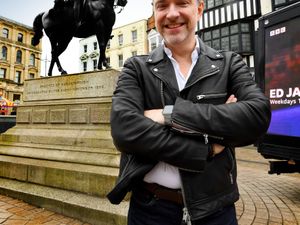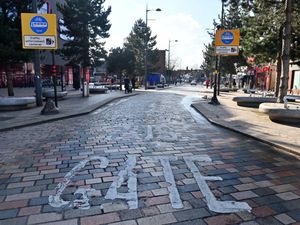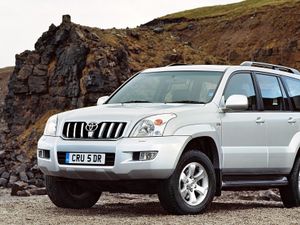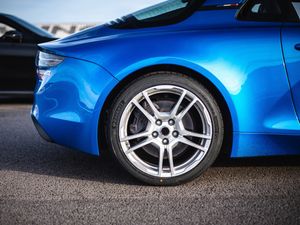The coolest dead car brands you’ve never heard of
Whether they disappeared through mergers, bankruptcy or mysterious circumstances, there are more interesting car brands from days gone by than you might think. We round up a few of the coolest
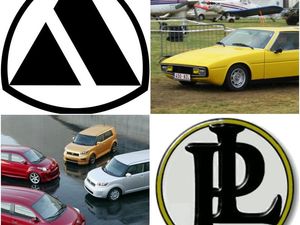
For every car brand that works, there’s probably fifty that have failed in one way or another. While the likes of Ford, Volkswagen and Toyota continue to this day as multi-billion pound conglomerates, there are hundreds and hundreds of other car brands which no longer exist.
There are a variety of reasons why brands disappear. Some, such as DKW, didn’t really die, but merely became absorbed into the larger Auto Union – a merger of DKW, Horch, Wanderer and Audi, which eventually turned into the modern-day Audi.
Others were killed off by their parent brands. Take Scion or Saturn – hampered by slow sales, and taken out of action by owners Toyota and GM.
Then, of course, there are the manufacturers which simply fade into insignificance – often through bankruptcy, leading them to close up shop and depart forever.
We’ve rounded up a few dead car brands you might not be so familiar with below.
Scion

However, the boxy design of its first car, the xB, gave it an unfortunate reputation. Those with liver spots and dicky hips adored its high driving position and brilliant visibility. With the rest of Scion’s range consisting of rebadged Toyotas, the brand never achieved the youthful desirability it craved, and after 13 years it folded in 2016.
Autobianchi

Autobianchi continued producing quirky and high-end small cars, culminating in the Y10. However, as parent company Fiat now owned the luxurious Lancia brand, there was little need for Autobianchi. The Y10 was branded as a Lancia outside of Italy, and eventually Autobianchi disappeared altogether in 1996.
Panhard

A selection of other aerodynamic and innovative cars followed, and Panhard experimented with aluminium bodywork, sleeve-type valves, and Panhard Rod suspension which continues to be used to this day. Panhard was sadly absorbed into Citroen in 1967, though the brand does still exist as a manufacturer of military vehicles since 2005.
Matra

Most exciting of the bunch were its Bagheera and Murena sports cars, which used an innovative three-across layout to provide some practicality while retaining a sporty look. However, following the discontinuation of the Renault Avantime – designed and built by Matra – the company closed down its automotive arm.
Duesenberg

Cord challenged the brothers to build the biggest, fastest, and most expensive car in the world – the Model J. The resulting car was beautiful, high-tech and engineered to near-perfection, but the Great Depression dulled the American public’s lust for luxury vehicles, and the company folded in 1937.
NSU

Three years later, the iconic Ro 80 came along, powered by a twin-rotor Wankel engine and with seriously impressive performance. But investment in rotary tech proved costly, sales were slow and the whole project was unsustainable. NSU was absorbed into Auto Union, the parent company of modern-day Audi, in 1969, and its name was never used on a new car again. The last Ro 80 was sold in 1977.
Panther

It shot to notoriety in 1977 with the Panther 6, an incredible feat of engineering taking the form of a six-wheel, luxury convertible, which the brand claimed could top 200mph. Only two were produced, but both remain in existence – with one selling at Bonham’s Monaco Auction in 2011 for just £36,255 (pictured). Sadly, the company collapsed in 1980, and further attempts to restart it with Korean backing failed.

